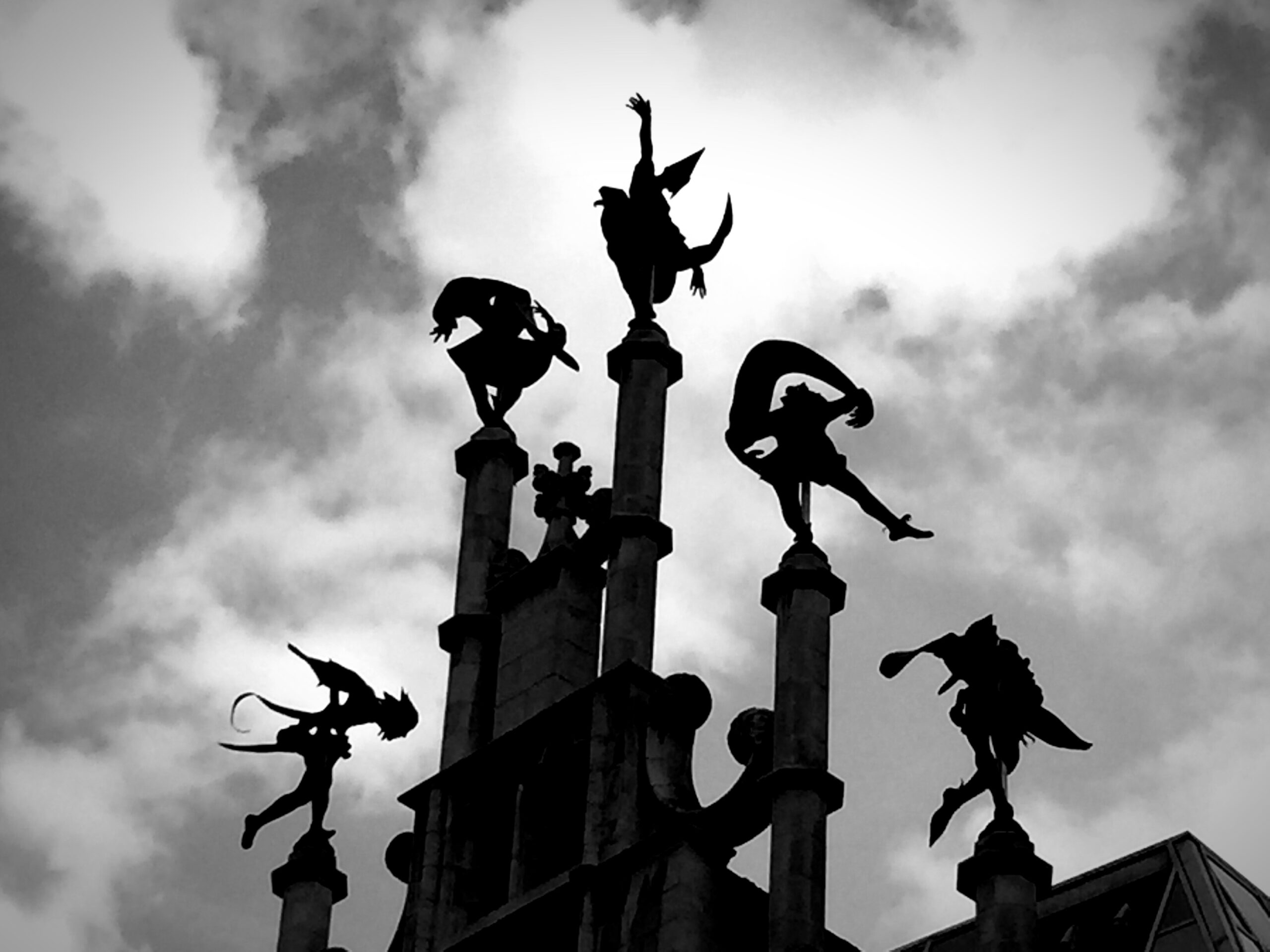
In describing the preconscious processes that are engaged by the dreamer, French and Fromm (1964, p. 188) offer an insightful metaphor regarding the cambium layer of bark on a tree:
Just under the bark of a tree, is a layer of cells which botanists call the cambium layer. This cambium layer is the actively growing area in the tree trunk. Above, it lays down ever new and replaceable layers of protective bark. Below, the cambium layer keeps building up new rings of wood.
Somewhat similar to the cambium layer of a tree trunk is the focal-problem level of the mind. This is the level where active growth, problem-solving, and learning all take place, probably the only level that is directly accessible to therapeutic influence. Above, this living, growing level of the mind keeps generating new attempts at solution for problems that arise. Below, it solidifies into the more stable structures of a healthy ego or into the rigid patterns of a neurotic ego.
I suggest that this metaphor regarding the cambium layer of the mind is of great importance when we are seeking to make sense of a dream. Furthermore, it is at this point that French and Fromm seem to be treading into the territory that Freud had already explored regarding the function served by anxiety and that another ego psychologist, George Klein, was about to explore regarding a remarkable phenomenon called Subliminal Perception.
Signal Anxiety
I propose that French and Fromm’s preconscious realization relates directly to the Signal Anxiety function described by the master himself (Freud, 1936). One of Freud’s theories regarding the purpose of anxiety relates to the way in which anxiety activates our psychological defenses. In accordance with Freud, I would point to an important psychological dynamic that is often ignored in the psychoanalytic literature. It seems obvious to me that at some level we must “know” what is fearful—so that we can activate the signal anxiety and motivate the defense. As Freud noted, the anxiety signals the need for us to engage in repression of some memory or urge, to project the need or fear to some other person, or to make use of a more “mature” defense such as sublimation (finding a way to indirectly address the urge or reduce the fear).
French and Fromm’s preconscious process seems to start with something like Freud’s signal anxiety. In their case, anxiety ultimately concerns the focal conflict. As ego psychologists, French and Fromm go far beyond Freud in describe ways in which the defensive structures operating following preconscious realization. Our two ego psychologists, join Anna Freud (Dr. Freud’s daughter), Heinz Hartmann, Ernst Kris, and American psychoanalyst (like Robert White and Erik Erikson) in their elaboration of ego-based defenses—and the evolution of these defensive structures over a lifetime.
For K. the thought about physical injury portends death and dealing with one’s mortality (transcendence anxiety). Her focus on the game of Bridge would be accompanied by a lingering concern about her relationship with people outside the game. When looking into her mirror each day, Katherine catches glimpses of the broken nose she saw in her mirror as a young woman. The Pelican’s face might itself appear for a brief moment in the mirror—replacing her face as a young adult. We have all caught glimpses of ourselves as a very different person when looking into the mirror. We see ourselves as a kid and wonder what happened to this youthful demeaner. We find ourselves starring at the wrinkles appearing beside our eyes or look down at our hands and notice the loosened skin. “My God, I am looking old.” We can then imagine for a moment what we will look like ten or twenty years from now. This is all a form of preconscious processing—and it probably was to be found in the underlying life of Katherine during the day prior to the dream lab nightmare.





